Japan often gets idealised in Western media as a kind of cultural wonderland where trains run on time, people are unfailingly polite, and every meal looks like an art piece.
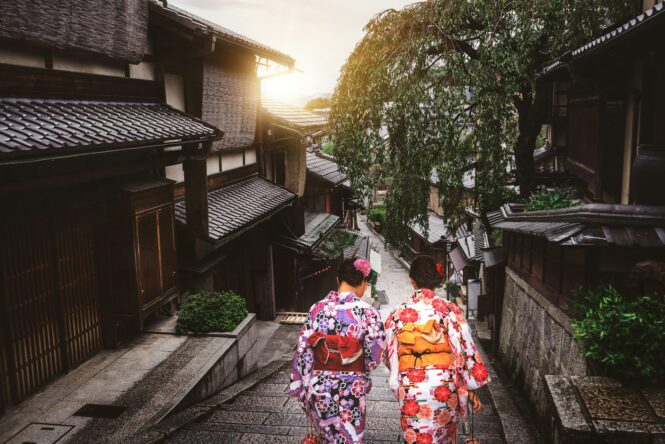
And while there’s truth in some of that, there’s also a tendency to flatten Japan into a highlight reel that skips over its deeper social realities. The truth is, no country is a utopia, and painting one as such often does more harm than good. Here are 12 reasons Japan isn’t quite the flawless cultural haven it’s often made out to be.
1. Politeness tends to mask emotional disconnection.

One of the first things people notice when visiting Japan is how polite and respectful everyone seems. From bowing to customer service rituals, the surface-level kindness is striking. However, underneath that polished behaviour is a cultural expectation to suppress emotion and prioritise social harmony, even when it comes at a personal cost.
This can make emotional connection feel distant or formal, especially to outsiders who mistake politeness for intimacy. People are often discouraged from expressing negative emotions directly, which can lead to social isolation or unspoken tension. The respect is real, but it’s not always built on mutual understanding—it’s often about avoiding disruption.
2. Work culture still heavily encourages burnout.
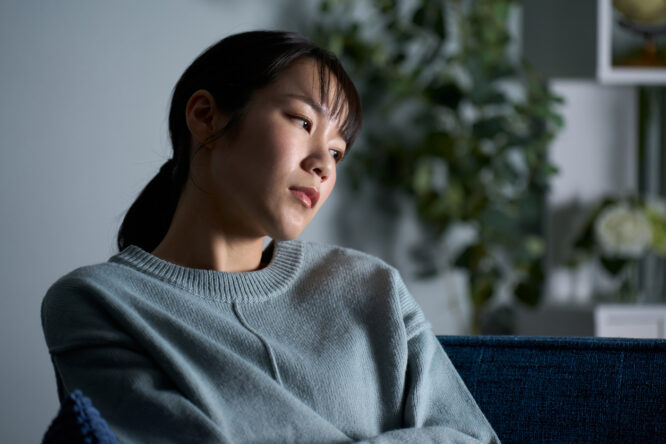
While Japan is praised for its efficiency and order, the country also has a deeply ingrained overwork problem. Many employees put in excessive hours, with unpaid overtime often expected rather than requested. The concept of “karoshi”—death by overwork—isn’t just a dark phrase; it’s a real and ongoing issue.
Even as companies try to promote work-life balance on paper, the underlying culture still rewards long hours and visible commitment over actual productivity. Employees who leave on time are sometimes quietly judged, and many people continue working late into the night out of fear of seeming lazy. It’s a system that values appearance and conformity more than wellness.
3. Mental health issues are still heavily stigmatised.
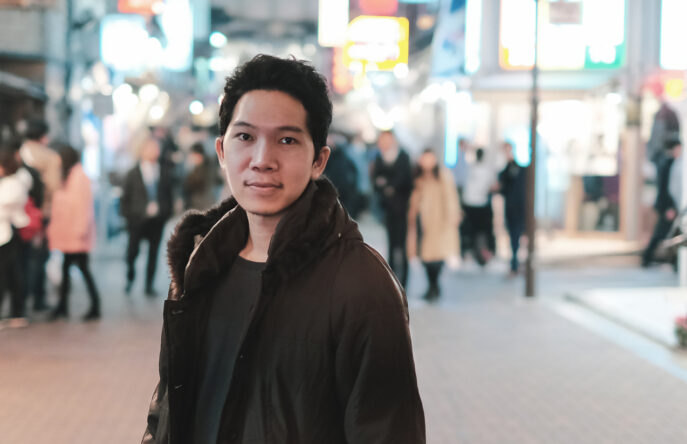
Despite growing awareness, mental health remains a taboo subject in many parts of Japanese society. People are often expected to endure stress quietly, and seeking therapy can be seen as a sign of personal weakness rather than self-care. This can leave people struggling with depression or anxiety without a safe outlet for support.
Access to mental health care is improving, but it’s still limited in many areas. Even when help is available, social pressure to appear composed makes many hesitant to use it. What might seem like stoic resilience from the outside is often quiet suffering held behind a cultural wall of emotional restraint.
4. Gender equality is far from being achieved.

Japan consistently ranks low on global gender equality indexes, and the gap between image and reality is stark. Women are often expected to leave the workforce after having children, and many companies quietly favour male leadership. Even in progressive circles, traditional gender roles still shape expectations around marriage, childcare, and career paths.
While younger generations are slowly pushing back, the pace of change remains slow. Women who pursue careers are frequently asked when they plan to marry or start a family. It’s a culture that talks about balance, but often builds systems that make it nearly impossible to maintain one without major personal sacrifice.
5. Conformity is valued over individuality.

From school uniforms to workplace codes, Japanese culture is built around fitting in. Group harmony, or “wa,” is prioritised above personal expression. This has benefits in terms of efficiency and social order, but it also makes life harder for people who naturally think or behave differently.
Children are socialised early to follow the group, and stepping outside the norm can result in subtle exclusion. For adults, this can create deep pressure to mask parts of themselves, whether related to personality, neurodivergence, or personal values. The quiet order of society often comes at the cost of authentic self-expression.
6. Foreigners are still seen as outsiders.
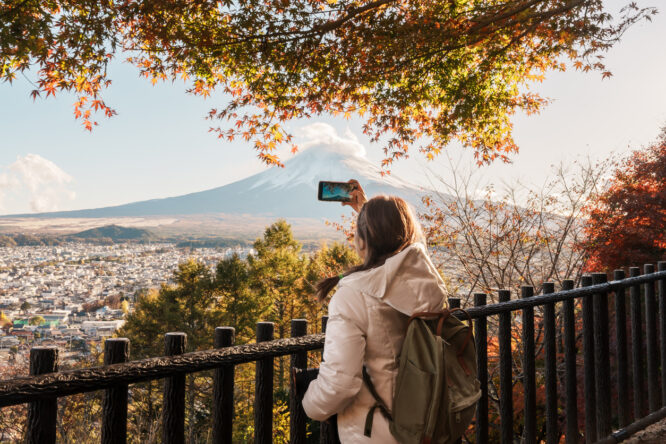
Japan is known for being welcoming to tourists, but long-term foreign residents often find it hard to truly belong. Being a “gaijin” (foreigner) carries a weight that doesn’t always go away, no matter how fluent your Japanese is or how long you’ve lived there. Social circles can remain closed, and informal discrimination isn’t uncommon.
From housing rejections to limited professional advancement, subtle barriers often remind non-Japanese residents that they’re not fully part of the culture. It’s not aggressive exclusion, but it is consistent distance. The politeness remains, but integration takes far more than respect for customs or effort to assimilate.
7. Social isolation is actually pretty widespread.
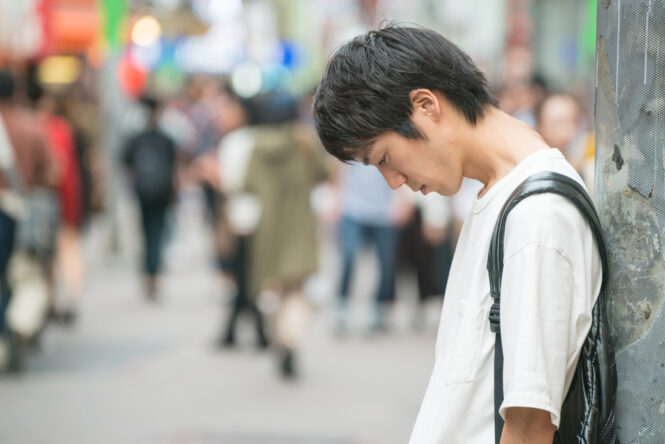
Japan has one of the highest reported rates of loneliness in the developed world. Hikikomori—where people shut themselves away from society, sometimes for years—is a recognised social issue. And this doesn’t just affect young people. Many elderly people in Japan live alone and die unnoticed, a phenomenon known as “kodokushi” (lonely death).
Despite its dense cities and close quarters, meaningful connection can be hard to find. The cultural pressure to maintain a calm, orderly appearance often prevents people from reaching out. What looks like peace from the outside can, for many, feel like isolation on the inside.
8. The education system lacks emotional support.

Japan’s academic structure is highly disciplined, with strict expectations and long study hours starting from a young age. While the system produces high test scores, it often leaves little room for creativity, mental health, or emotional exploration.
Students face immense pressure to perform, especially during high-stakes entrance exams that can shape their entire future. Support systems within schools rarely prioritise emotional wellbeing, and counselling resources are minimal. The focus on achievement often comes at the expense of building self-esteem or emotional resilience.
9. Disability inclusion is still limited.

Japan has made strides in accessibility, especially ahead of international events like the Olympics. However, everyday inclusion for people with disabilities is still inconsistent. Physical spaces may be accessible, but public attitudes and representation lag behind.
People with disabilities often face barriers in employment and education, and public conversations about disability rights remain limited. There’s a tendency to keep disability hidden or marginalised, and many families feel isolated as a result. It’s a quiet form of exclusion that exists beneath the country’s clean and orderly image.
10. LGBTQ+ rights are still in a grey area.
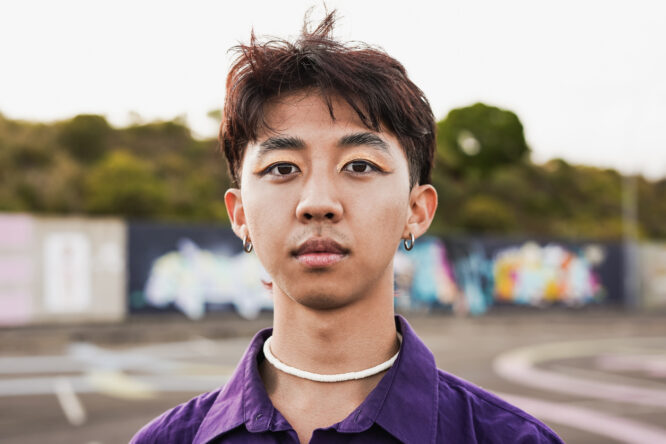
Japan is often seen as tolerant, but legal protections for LGBTQ+ people are lacking. Same-sex marriage isn’t legally recognised across the country, and many people still feel pressure to hide their identities in both personal and professional settings.
While visibility is growing, especially in larger cities, the social environment outside those areas remains conservative. Queer people often lead double lives or avoid coming out altogether to avoid family conflict or workplace discrimination. The country may look progressive, but it’s still catching up when it comes to actual protections and acceptance.
11. Tradition can be both grounding and restrictive.
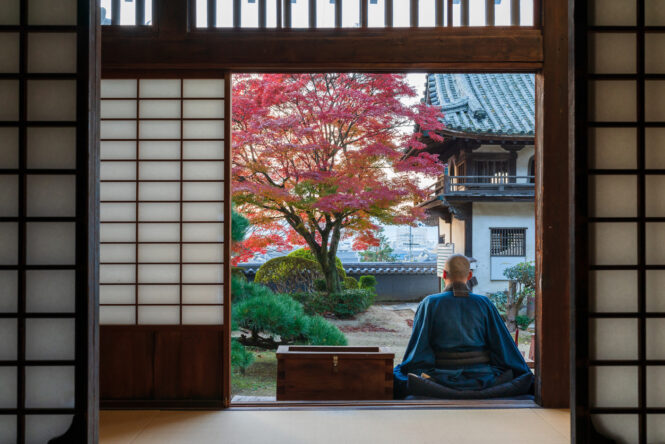
Japan is proud of its traditions, and rightly so. However, that deep reverence for the past can make it hard to challenge outdated norms. From rigid etiquette expectations to workplace hierarchies based on age, tradition still shapes much of daily life.
People who want to question the system or forge their own path often face subtle resistance. There’s a strong undercurrent of “this is how it’s done,” which can be stifling for those seeking change. While tradition brings beauty and consistency, it can also create invisible cages.
12. Eco-cleanliness doesn’t always equal sustainability.
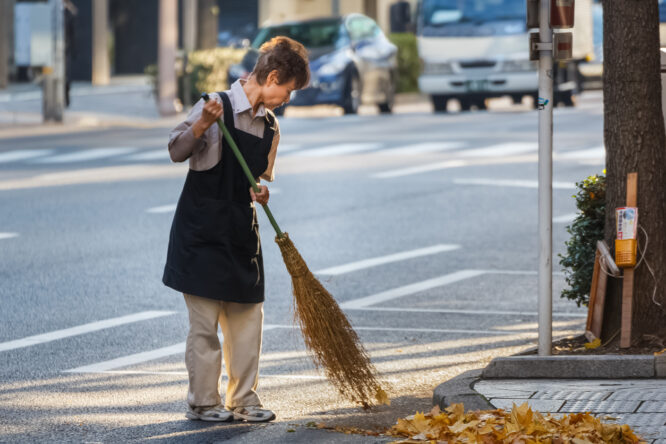
Japan is known for its clean streets and orderly waste disposal, but behind that spotless exterior, environmental sustainability is still a work in progress. Single-use plastic is heavily relied upon, with even individual bananas sometimes wrapped in plastic.
While recycling systems exist, they’re often complicated and vary from region to region. Convenience culture—like vending machines on every corner and over-packaged products—clashes with long-term environmental goals. The image of cleanliness doesn’t always align with ecological responsibility, and that contradiction remains largely unexamined.




